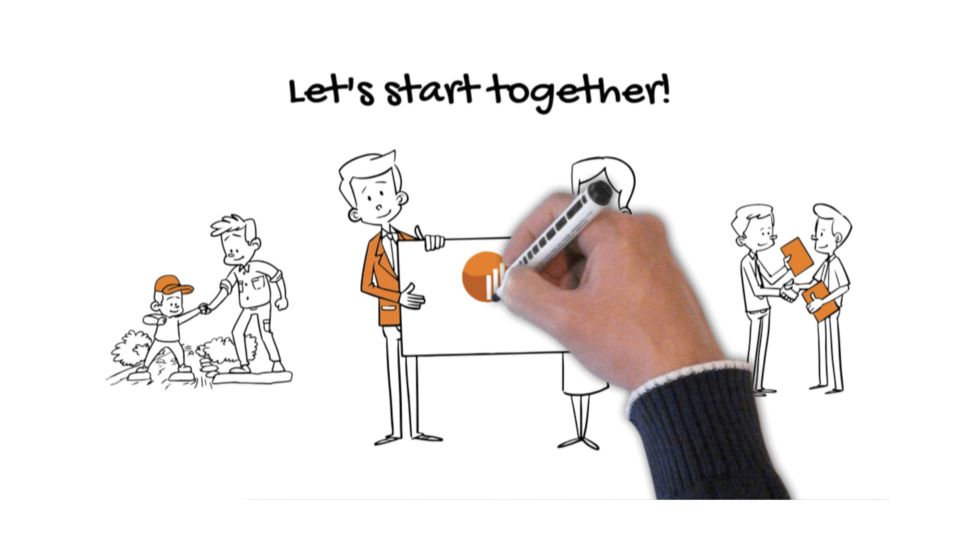For example, there are supporters of change who support the measures for the planned change from the beginning and are actively involved. These are the people who e.g. follow the recommendations of the experts directly, keep a minimum distance and wear mouth-nose protection in required places. Often, however, changes initially provoke fears about the future and uncertainties, which initially express themselves in resistance to the new.
For a change to succeed, however, everyone involved must be convinced of the future scenario. Here it helps to create transparency at an early stage and to use regular communication channels appropriate to the respective target group to regularly raise the questions that arise regarding the change.
In times of Corona, this early transparency, depending on the country, was hardly or not possible at all. The “future scenario” was sometimes suddenly there, but it was not and is not as defined as in projects, but was based on assumptions in the past weeks and months at short notice and due to a lack of knowledge and experience. This meant that these had to be corrected again and again and were therefore quite variable. It is not easy for everyone to deal with such a scenario with uncertainties. The resistance of these people can be seen in quite different ways, from denying a pandemic to supposedly personally better assessing the situation and its context than, for example, virologists can do as subject matter experts. Convincing these people of the necessary measures is extremely difficult and requires regular, empathetic dialogue. This cannot be achieved centrally but means in the further course that also people who have already accepted this new situation with its challenges convince others and can thus have a positive effect as multipliers.










